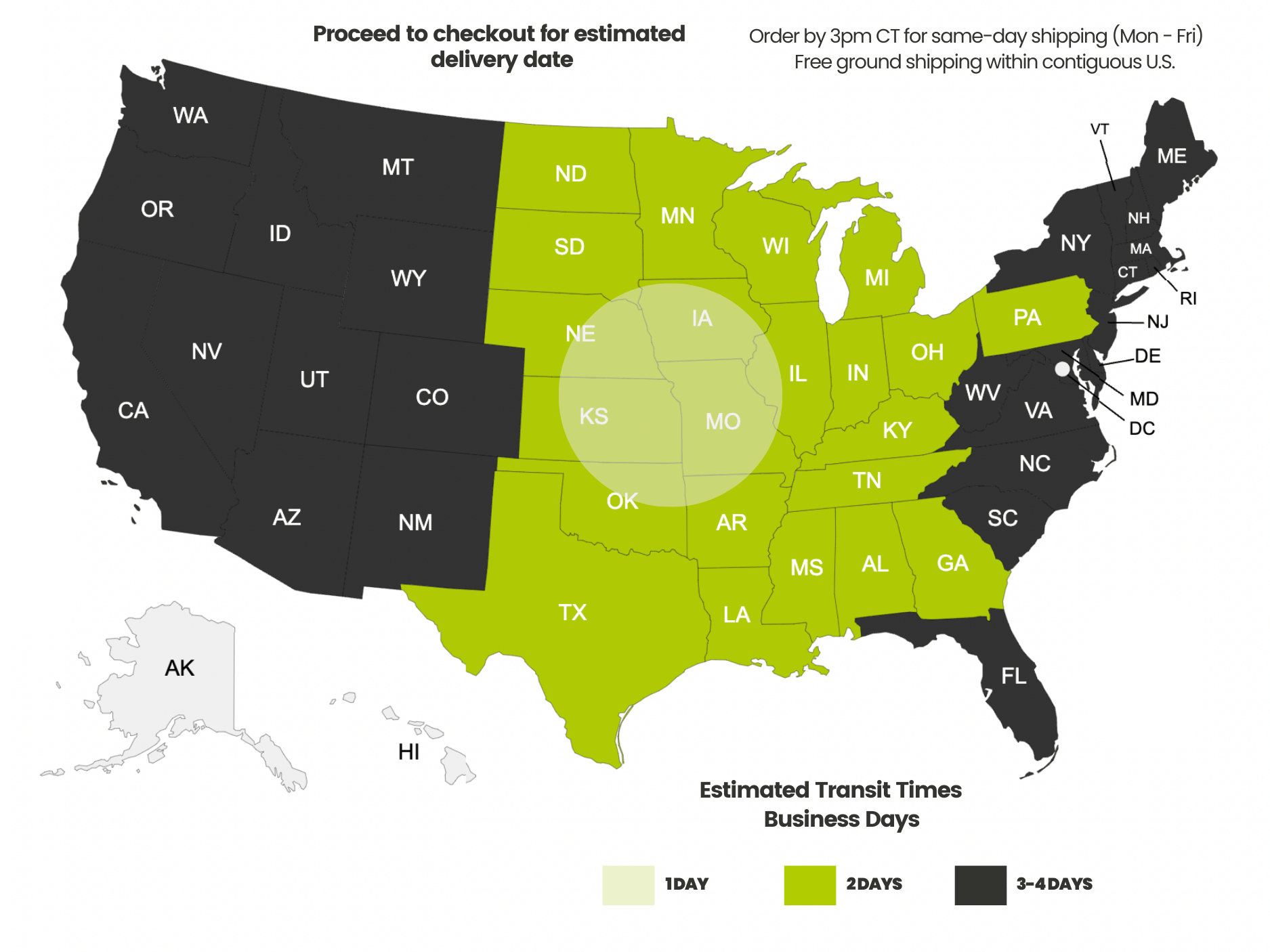Payment methods accepted
![Cat7 vs Cat8 vs Fiber Optic Cable: Ultimate Guide [2024]](http://www.truecable.com/cdn/shop/articles/Cat7_vs_Cat8_vs_Fiber.png?v=1728931447)
Cat7 vs Cat8 vs Fiber Optic Cable: Ultimate Guide [2024]
Written by Don Schultz, trueCABLE Senior Technical Advisor, Fluke Networks Copper/Fiber CCTT, BICSI INSTC, INSTF Certified
Internet speeds are getting faster. File sizes are getting massive in comparison to just five years ago. A typical game download may consume 90+ gigabytes of space! 4K and 8K video streaming (especially uncompressed video) is already here. With this massive amount of bits and bytes getting pushed around, and the increasing number of connected devices on your network, just about any local area network (LAN) is going to require some prudent planning. Combine this with common computer and networking hardware finally catching up to carry this amount of data with ease and relatively little added expense. Some examples are entry level mini PCs coming with 2.5Gbps Ethernet ports (known as NICs or Network Interface Cards) and network switches to match with the further addition of SFP/SFP+ ports capable of handling fiber optic communications up to 10Gbps. Previously, these higher speeds were squarely in the business realm with pricing to match. No longer!
What is the right Ethernet cable to address this movement towards faster data needs and cheaper (yet faster) networking equipment? Is the tried and true copper Category Ethernet cable available today still the right choice? The answers are a bit more complex than it appears, and a number of factors have to be taken into account.
We will sort through the complexity and make some concrete recommendations!
Overview of Cat7, Cat8, and fiber optic cables
Copper category cables, that being Cat5e through Cat8, are metallic communications cables making use of insulated copper conductors twisted into four pairs designed for the express purpose of transmitting data and power (Power over Ethernet or PoE) over distances to 100 meters or 328 feet. Transmission is via low voltage signaling, making use of electrons. Fiber optical cables have one or more fiber optic glass or plastic conductors designed for the express purpose of transmitting data only to distances up to a staggering 40 kilometers! Fiber optical cable cores carry data in the form of light pulses (photons) on specific wavelengths.
Both data communication technologies are designed for Ethernet data packet transmission, which is the common denominator. The end result is communications between routers, switches, PCs, printers, and more to construct a cohesive network. Of course how the technologies actually transmit the data could not be more different and that is what we will be talking about in this blog. It is all about picking the right technology for the job!
Importance of choosing the right cabling solution
When building out any network, the cabling type and capabilities have to match your application speed requirements in addition to the requirements of the equipment purchased. A misunderstanding and incorrect cabling selection will lead to a non-working network and undue expenses.
Data Transfer Speeds and Bandwidth
Cat7 and Cat8 maximum speeds and bandwidths
First, it should be noted that Cat7 is an ISO/IEC 11801 standard and not recognized in North America by TIA (Telecommunications Industry Association). Therefore, Cat7 is not really a viable choice for North American installations. Cat8 is, however, TIA recognized. If you are thinking about Cat7, install Cat6A instead as the appropriate termination hardware is significantly different from typical hardware found on the market in North America. Cat7 uses TERA and GG45 connectors, which are not compatible with your typical connection hardware and tools found on the open market. These connectors are required for maximum speed operation of Cat7, and in addition the Cat7 cable per specification MUST be shielded which introduces another set of installation hurdles. Cat8 does not require shielding, but often is.
Speed (that being the application speed like 1 Gbps or 10 Gbps) correlates to increasing bandwidth in MHz the cable is capable of carrying. The table below shows any differences in speed capabilities between these cables.

* Higher speeds come with severe distance limitations as outlined below
Fiber optic cable speeds and bandwidths
There are two primary fiber optic conductor types:
- MMF - Multimode Fiber
- SMF - Singlemode Fiber
Which of these fiber optic cable types you opt for will have a major impact on your speed (and especially speed over distance) capabilities in addition to the equipment required to transmit light pulses through the fiber.

Comparison of data transfer capabilities
Let’s take a quick look at the differences in transferring a large 1TB (Terabyte) file at these various speeds and see what the differences are!

As seen above, just moving from 1G to 10G makes a huge quality of life difference!
Distance Limitations
Maximum distance limitations for Cat7 and Cat8

As the chart makes clear, 328 feet is the maximum length in the best case scenario and speeds faster than 10 Gbps require drastic length reductions.
Fiber optic cable distance capabilities

Fiber goes a lot farther, faster
Distance considerations for different network applications
As the two tables above make clear, as application speeds increase your lengths permitted decrease. This is why selecting the right cable type (especially when considering SMF vs MMF) is so critical. If the application requires a 2,300 ft run from one building to another and the speed must be 10Gbps, then single mode fiber is absolutely required unless you have the ability to utilize numerous intermediate switching connections to extend other cable types, which would be all but impossible with an aerial or direct burial installation.
Advantages and Disadvantages
Pros and cons of Cat7 cables
Pros
- Cat7 allows up to 40 Gbps to 165 feet, which exceeds that of Cat6A and Cat8.
- Cat7 permits the use of PoE (Power over Ethernet).
- Despite the requirement for specialized termination hardware and tools, Cat7 is still using technology familiar to communications cable installers.
Cons
- Cat7 is not recognized or recommended for installation in North America.
- Cat7 requires specialized termination hardware and tools.
- Cat7, per ISO/IEC 11801 must be shielded in order to get the most from it, which greatly increases costs and installation complexity.
- Cat7 installations weigh much more and take up more space than fiber optic installations capable of the same or higher speeds at much greater distances.
- Any speed advantage of Cat7 is negated past 165 feet.
- Susceptible to temperature induced length limitations.
- Susceptible to EMI/RFI and ESD, even if shielded.
Pros and cons of Cat8 cables
Pros
- Cat8 allows up to 40 Gbps to 98 feet, which exceeds that of Cat6A.
- Cat8 permits the use of PoE (Power over Ethernet).
- Cat8, unlike Cat7, does not require shielding and bonding to ground thus reducing installation costs and complexity.
- Cat8 permits the use of familiar installation hardware and tools.
- Cat8 is not an unfamiliar technology, using the same color code termination pattern as any other copper Category Ethernet cable.
Cons
- Cat8 installations weigh much more and take up more space than fiber optic installations capable of the same or higher speeds at much greater distances.
- Any speed advantage of Cat8 is negated past 98 feet, making it suitable for short distances applications only.
- Susceptible to temperature induced length limitations.
- Susceptible to EMI/RFI.
- Shielded installations must have their cable shields bonded to ground.
Pros and cons of fiber optic cables
Pros
- Fiber optic cables, foot for foot, weigh far less than metallic communications cable.
- Fiber optic cables permit extremely high speeds over longer distances than any copper communication cable.
- Fiber optic cables permit slower speeds, comparable to copper, over distances measured in kilometers.
- Fiber optic installations take much less cross-sectional room compared to copper communications cable.
- Fiber optic cables do not require bonding to ground (exception being outdoor armored where the armor itself should be bonded to ground for safety.)
- Fiber optic cables are completely immune to EMI/RFI and ESD.
- Fiber optic cables are completely immune to temperature induced length limitations.
Cons
- Fiber optic cable technology requires additional technician training as many installers are unfamiliar with it.
- Fiber optic cable termination (splicing, actually) requires skill and practice.
- Specialized and expensive tools are required to install and splice fiber optic communications cable that may require yet additional technician training.
- Fiber optic cable conductors are not able to transmit PoE.
Applications and Environments
Best use cases for Cat7 cables
- Installations that require 10 Gbps over distances up to 328 feet and benefit from shielding.
- 165 foot or shorter high speed applications that need up to 40 Gbps such as same room connections in data centers or between telecom rooms.
Best use cases for Cat8 cables
- Installations that require 10 Gbps over distances up to 328 feet but don’t require shielding.
- 98 foot or shorter high speed applications that need up to 40 Gbps such as same room connections in data centers.
Best use cases for fiber optic cables
- Building to building backbone connections
- Backbone connections between telecom rooms
- Outdoor installations over very long distances
- Extremely high network speed networks (big data)
- Installations that are severely affected by EMI/RFI or ESD
- Installations that experience high temperatures over distance
Cost Considerations
Cost comparisons of Cat7, Cat8, and fiber optic cables
- Costs of Cat7, Cat8, and fiber optical cables on a per foot basis are comparable (as compared to one or two fiber bulk cable).
- Costs for fiber optical cable escalate as conductor count increases.
- Installation costs equal out between all cable types as the cost of terminating fiber may be higher but space and weight constraints off-set this.
Summary of key findings
- Fiber optic communications cable is most beneficial when extremely high speeds (above 10 Gbps) and long distances are involved.
- When speeds of 1 Gbps to 10 Gbps are required over very long distances, fiber optic technology is the only option.
- Current copper communications cables such as Cat7 and Cat8, not to mention Cat6 and Cat6A, all have their place in an installation.
- For the foreseeable future, communications cable installations will be hybrids of fiber optic, copper twisted pair Category cable, and perhaps even coaxial cable for some legacy applications.
- The primary barriers to widespread fiber optic technology adoption are technician training requirements, complex splicing/termination procedures, and the expensive equipment to accomplish it.
So, there you have it! Communications cable is advancing, but not so quickly as to obsolete all previous technologies such as in the world of computers. Modern and future cable selection will come down to what you need to do, who is doing it, and how fast you need to go.
HAPPY NETWORKING!
trueCABLE presents the information on our website, including the “Cable Academy” blog and live chat support, as a service to our customers and other visitors to our website subject to our website terms and conditions. While the information on this website is about data networking and electrical issues, it is not professional advice and any reliance on such material is at your own risk.



























